- Exhibition: Branching Out. The Kaneshige Family and the Bizen Tradition. The Miwa and the Hagi Tradition
- On View: May 17 – June 30, 2022. In Gallery and Online
- Location: Joan B. Mirviss, LTD. 39 East 78th Street Suite 401. New York, NY 10075, USA
- www.mirviss.com
The widespread popularity and distinguished reputations that Japan’s ancient ceramic traditions enjoy today are largely indebted to a core group of mid-twentieth century artistic visionaries: among them, Kaneshige Tōyō (1896-1967) for Bizen ware and Miwa Kyūwa (1895-1981) for Hagi ware. Both men were inheritors to their highly esteemed, long-established, multigenerational family names that had been associated with excellence in their respective ceramic traditions for centuries. Together with scholar-potter Kawakita Handeishi (1878-1963), they cofounded the artistic discussion group Karahinekai in 1942, formed of artists who were dedicated to the recovery of lost techniques from the golden age of ceramics during the 16th century Momoyama period.
With a focus on teaware and vessels, they were wildly successful in their endeavors. Adapting their production, greatly expanding their styles, and influencing their brothers, sons, and grandchildren, they definitively transformed their family’s legacy from that of dutiful craftsmen to boldly modern artists. Joan B Mirviss LTD’s latest exhibition celebrates the past, present, and future of these two prominent families synonymous with excellence in BRANCHING OUT: MIWA FAMILY AND THE HAGI TRADITION | KANESHIGE FAMILY AND THE BIZEN TRADITION.
Named after the main city of Yamaguchi Prefecture, «Hagi» refers to a ceramic tradition that emphasizes the exquisitely lovely natural qualities arising from a very special interaction between unique clay and a soft, transparent yet creamy glaze. The Miwa family’s association with Hagi ware dates to its origins in 1600s Japan, when the very first Miwa Kyūsetsu served as potter under the patronage of the local daimyo. Even older is the thousand-year-old «Bizen» tradition, one of the six ancient kilns of Japan centered around Imbe village (or Bizen) in Okayama Prefecture. The Kaneshige family has long been tied to the place of Bizen and to producing this distinctive wood-fired ware.
Though they appear different, both Hagi and Bizen styles’ merits lie in the alchemy of subtleties: of precise clay blends, unexpected textures, and marvelous color transformations. Hagi ware’s warm, orange clay body peeks through a ladled transparent glaze that incompletely covers the surface in a white or pink-ish white veil, with no additional underpainting or decoration. Characterized by a reddish-brown body that can at times turn a slate or bluish-gray, Bizen ware’s enchanting surface patterning and texture result entirely from natural effects occurring within the kiln, utilizing no applied glaze at all.
This exhibition traces that time-honored legacy, of earth plus fire, down to the most recent generations of the Kaneshige and Miwa families: Kaneshige Tōyō, the savior of Bizen ware in the modern era; Miwa Kyūwa (Kyūsetsu X), his fellow Living National Treasure and modernizer of Hagi ware; and their brothers, Kaneshige Sozan (1909-1995) and Miwa Kyūsetsu XI (Jusetsu) (1910-2012), whose contributions advanced their fields and who each developed an identity apart from their famous brothers.
Their children have in turn blossomed on this crowded, complicated family tree: the three sons of Miwa Kyūsetsu XI—Kyūsetsu XII (Ryōsaku) (b. 1940), Eizo (1946-1999), and Kyūsetsu XIII (Kazuhiko) (b.1951)—each discovered thought-provoking and experimental new approaches to their patrimony, ranging from playful and erotic to architectural or figurative. Kyūsetsu XII’s daughter, Miwa Hanako (b. 1958), brings her unique sensibility to the family tradition. Kaneshige Tōyō’s first and third sons, Michiaki (1934-1995) and Kōsuke (b. 1943), have continued to push Bizen’s boundaries, through greater abstraction and provocative sculptures. Kaneshige Sozan’s first and third sons, Makoto (b. 1945) and Yūhō (b. 1950), have further elaborated the Bizen tradition in teaware, creating extraordinary vessels with hidasuki (fire-cording) effects that were ingeniously recovered by their father.
Each artist featured here has taken foundational aspects of their family’s style and made his individual imprint on centuries-old tradition, thereby pushing its boundaries both outward and forward. Our exhibition covers the range of interpretations that have moved these ancient traditions into contemporary clay art.
ABOUT JOAN B. MIRVISS LTD
With more than forty-five years of experience, Joan B. Mirviss remains a pillar in the field of Japanese art. As a dealer, scholar, curator, and advisor, she has been the driving force championing the top Japanese clay artists, who she represents exclusively, and whose works she has placed in major museums around the globe. Widely published as a highly respected expert, Mirviss has built many institutional and private collections of Japanese art. JOAN B MIRVISS LTD exhibits modern and contemporary Japanese ceramics, ukiyo-e, and Japanese paintings from its exclusive Madison Avenue location in New York City. For more information, please contact us at 212-799-4021 or director@mirviss.com.
Text and photos from the organization
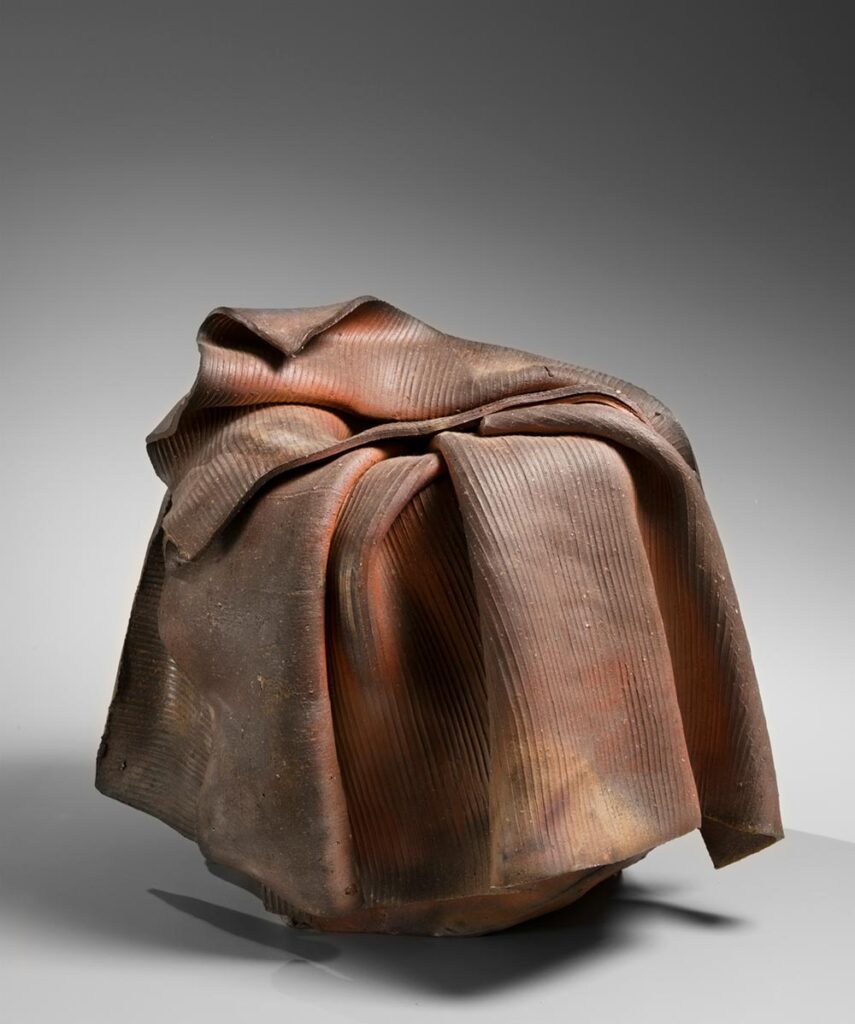
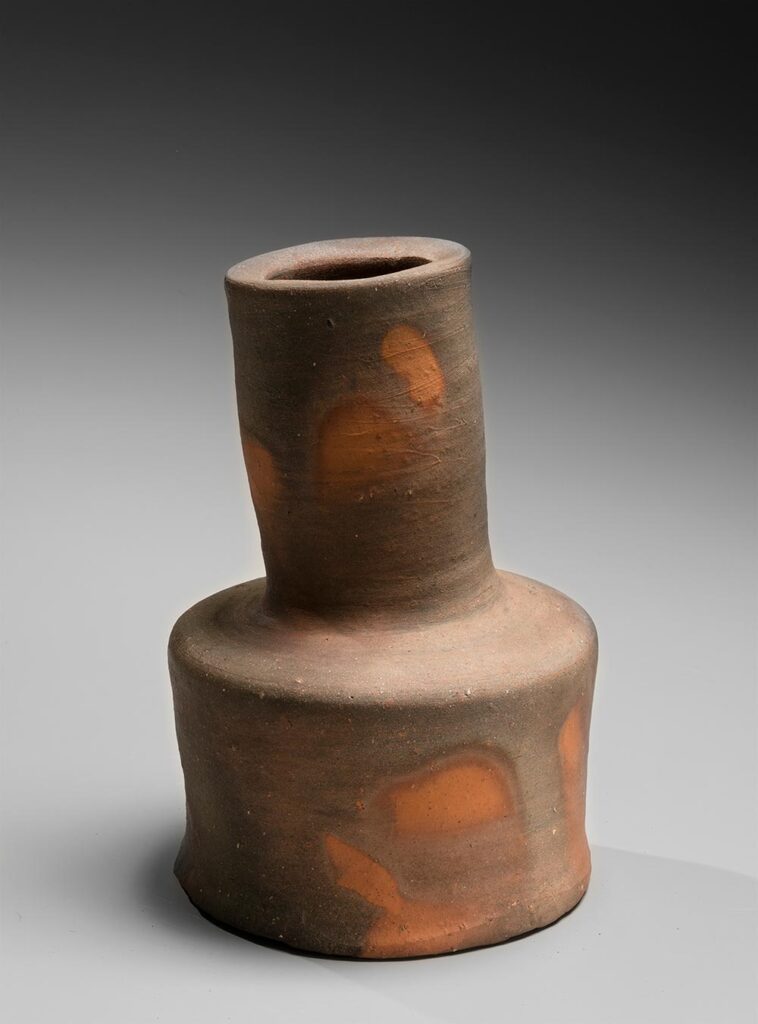
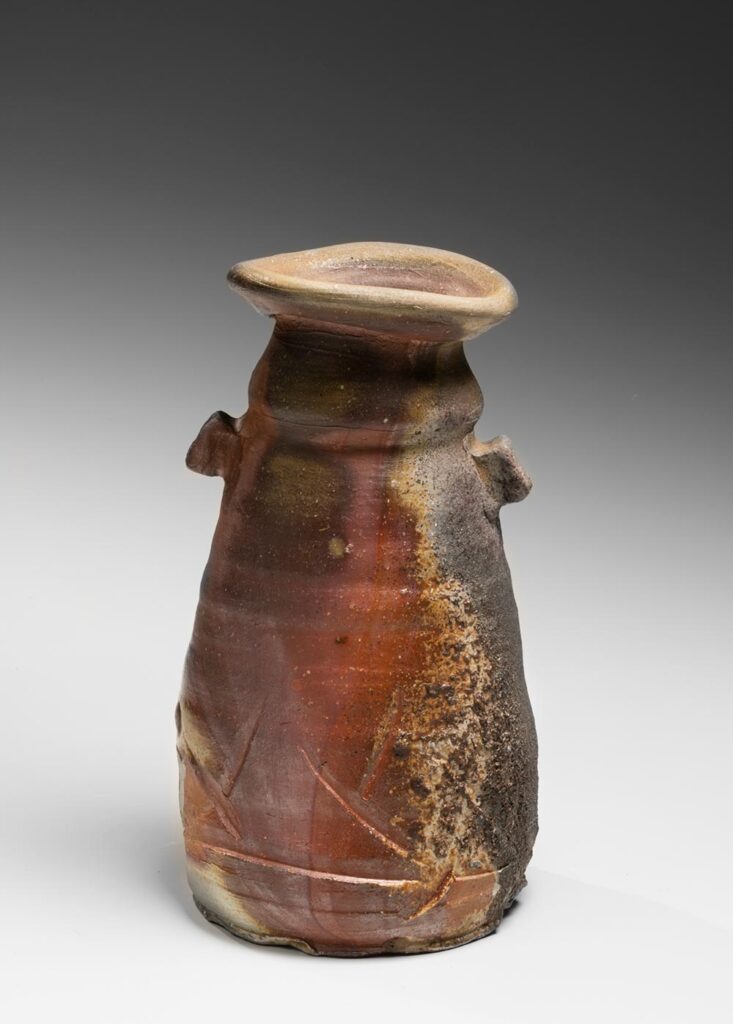
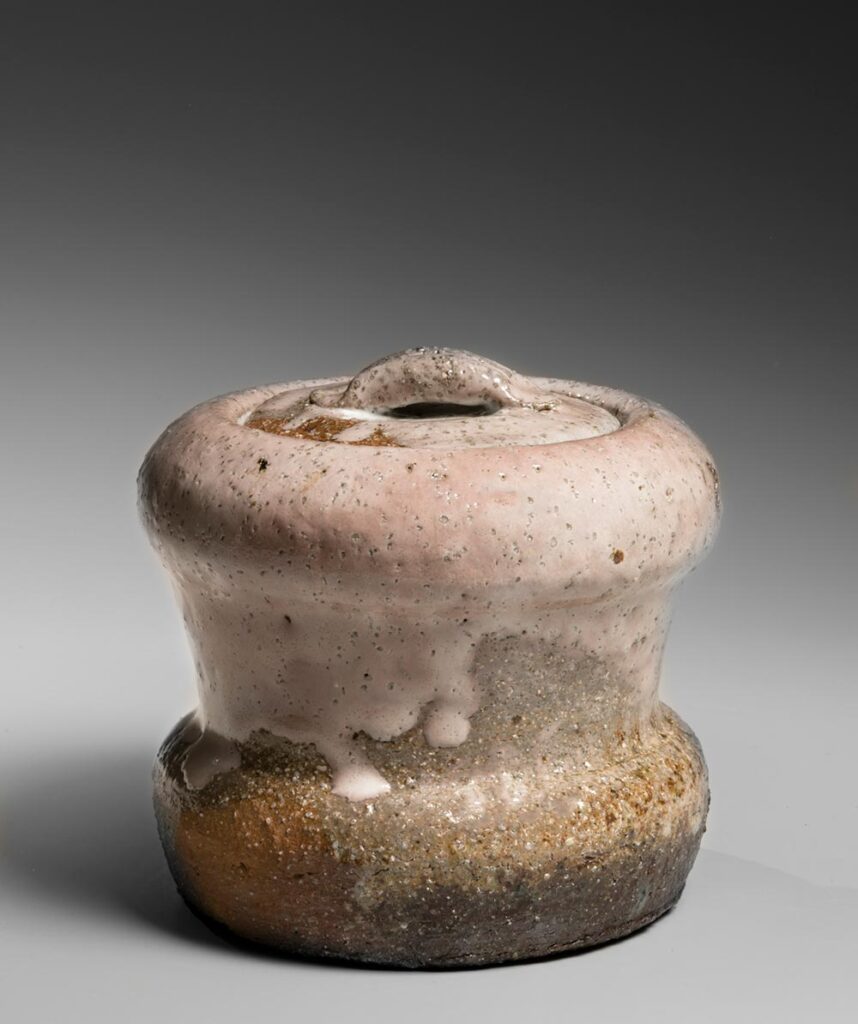
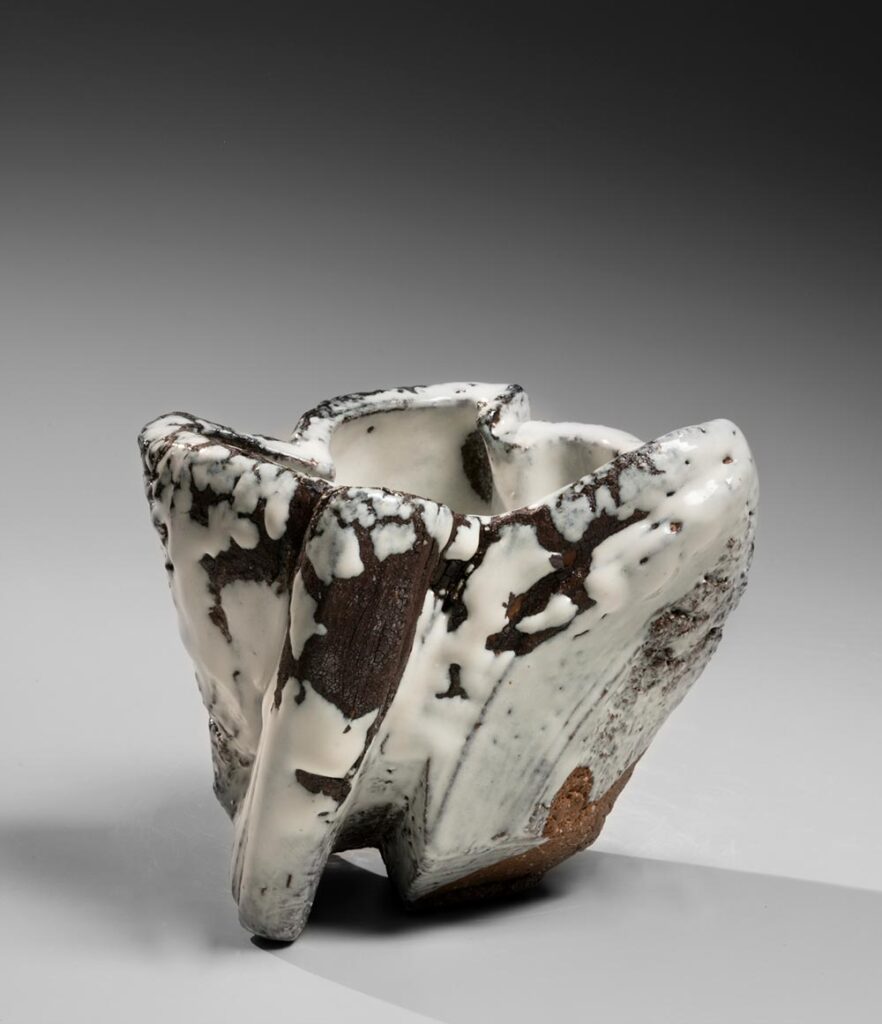
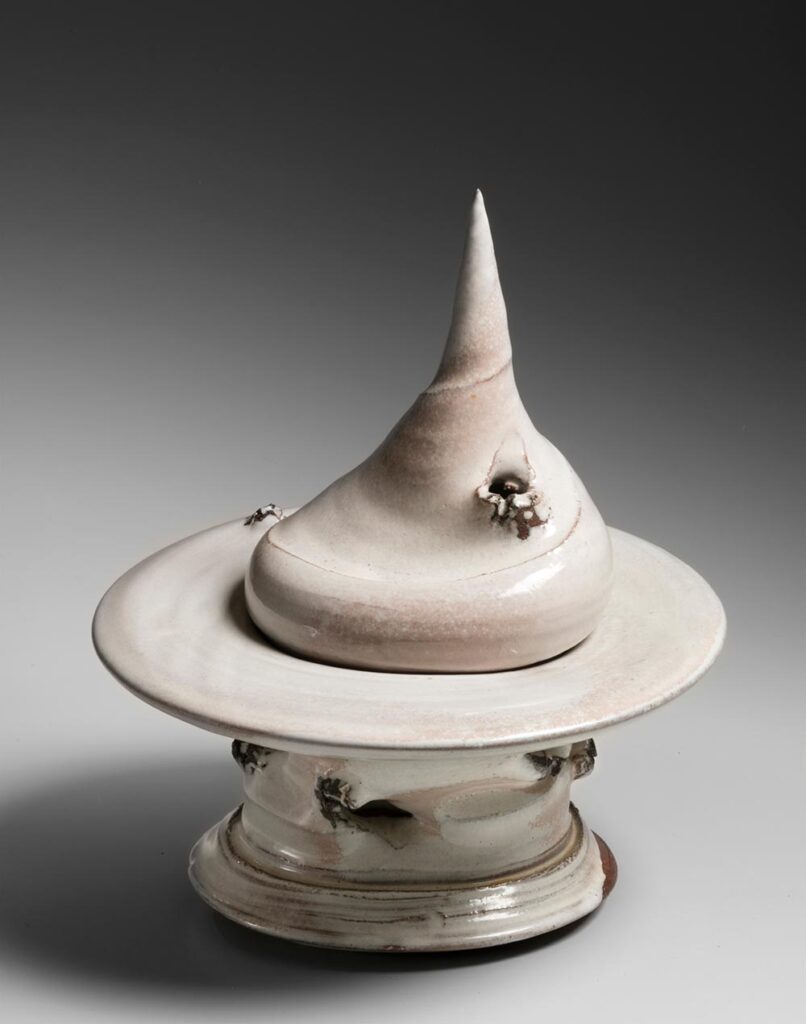
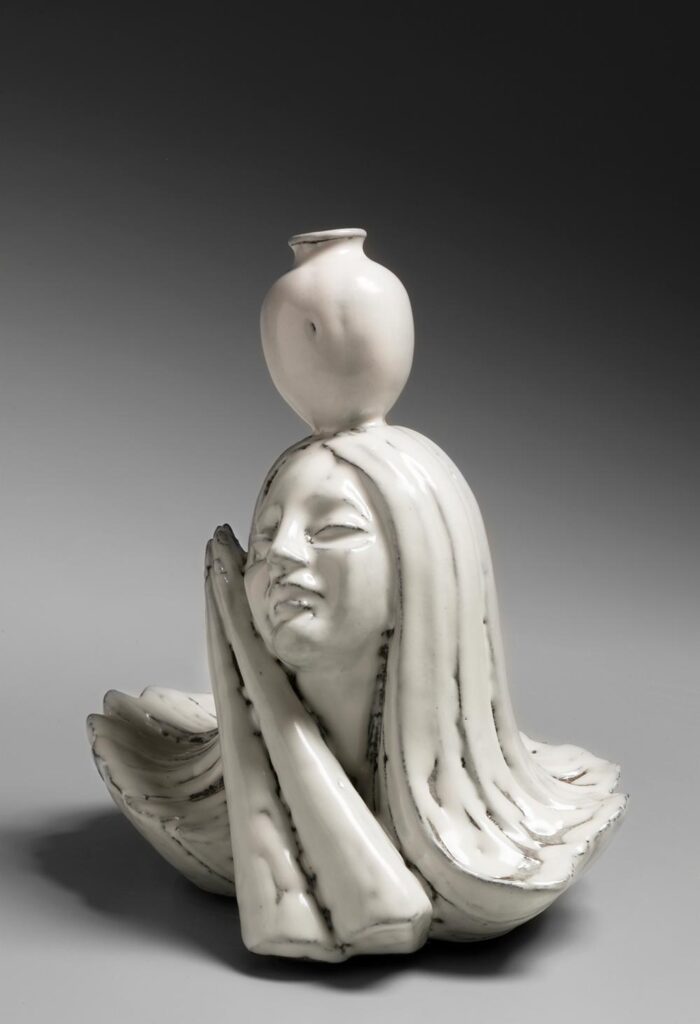
Woodfiring.com thanks to Joan B. Mirbiss for their collaboration in the preparation of this article.
Text and photos: @joanBMirviss – Total or partial reproduction by any medium is prohibited unless expressly authorised in writing.